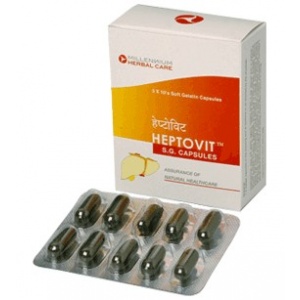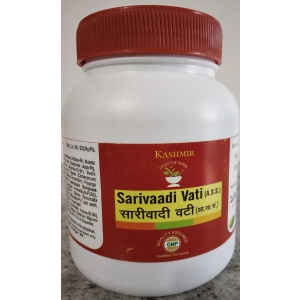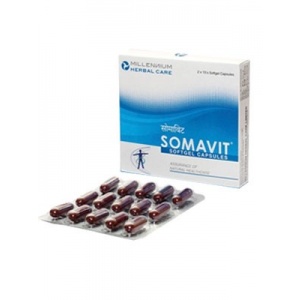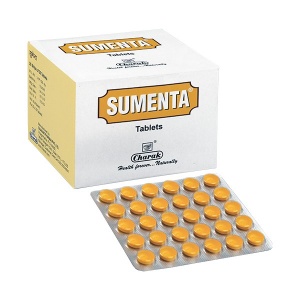HPV
Showing 1–12 of 16 results
The Human Papilloma Virus (HPV) belongs to the family of viruses responsible for producing warts and has been implicated as a cause of genital cancers and other abnormal growths. More than 100 types of HPV have been identified. Type 2 is known to produce warts on the hands while type 6 gives rise to genital warts. Type 13 causes flat oral lesions in the mouth. The ones usually linked with cancers are types 16 and 18 although several others are associated with a rare skin disease
that can get cancerous. These viruses are transmitted congenitally, sexually, as well as by other means of contact. According to the Centers for Disease Control and Prevention (CDC), approximately 6.2 million new cases of sexually transmitted HPV infections are reported every year.
Manifestations of HPV
The commonest manifestation of HPV is in the form of genital warts which are also called condylomata acuminata or venereal warts; Although one can remain asymptomatic in spite of being infected by the virus. These warts may be pedunculated (with stalks) and are cauliflower-like in appearance or sessile (without stalks). In females, genital warts may appear on the labia majora, minora, cervix, vagina, and anus. In males, genital warts mostly appear on the scrotum or penis, especially around the corona glandis like a garland of warts encircling the head of the penis. The warts are usually soft, fleshy, and moist. They may ooze, bleed, get pustular and itch at times. These types of HPV which only produce warts on the genitals or elsewhere on the body are considered to be low risk. On the other hand, the types which lead to abnormal Pap smear tests or can predispose cancers in the genital region are called high risk.
Mode of transmission or spread of HPV
Most warts are contagious and genital warts are highly contagious. Any sexual activity can cause them to spread. The lesions are usually initially restricted to the exposed area of infection, i.e. genital warts are seen in vaginal intercourse, anal warts when anal sex is practiced, and warts in the mouth or throat accompany oral sex. They can also be transmitted vertically or trans-placentally from mother to child. Even direct contact of the skin or mucosa with the warts can cause the infection to spread..
What is HPV?
How is HPV diagnosed?
How is HPV treated?
Complications/Risks of HPV
Can HPV be prevented?
- Sale!
- Sale!











